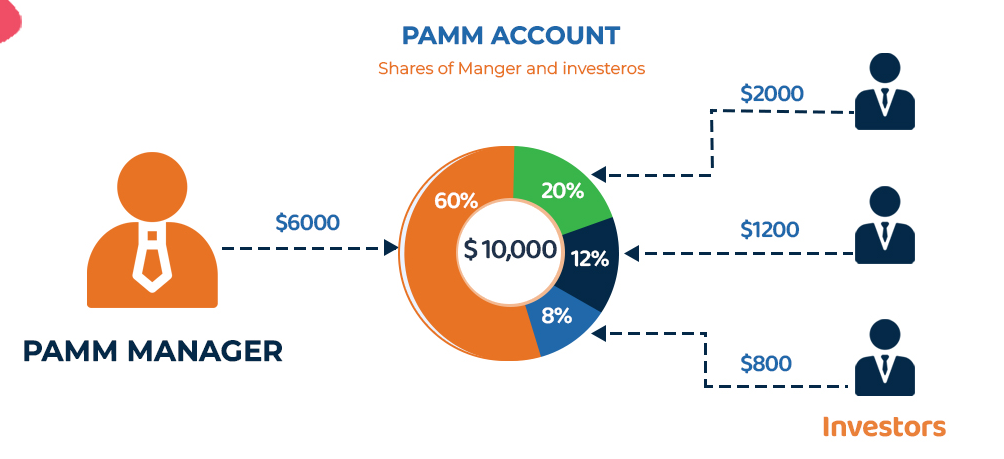The gold price (XAU/USD) recovers some of its losses following the strong Asian session sell-off but remains in negative territory, hovering around $2,785, down about 0.60% for the day. The recent rise in the US Dollar (USD), fueled by President Donald Trump’s decision to impose tariffs on Canada, Mexico, and China, has pushed the greenback closer to a two-year high, weighing on gold and dragging it away from its all-time high of $2,817, hit on Friday.
However, projections that the Federal Reserve (Fed) would lower interest rates twice by the end of 2025, combined with indications about probable economic disruptions from Trump’s trade policies, contribute to gold’s safe-haven appeal. The current risk-off mentality further shields the downside, so bearish traders should exercise caution ahead of this week’s key US macroeconomic data, which begins with today’s ISM Manufacturing PMI release.
Technical Outlook: Gold’s Uptrend Intact Despite Intraday Pullback
From a technical perspective, the intraday decline found support near the $2,772 resistance-turned-support level, which now serves as a pivotal point. A decisive break below this zone could trigger further selling pressure, exposing gold to the next key support levels:
- $2,755 – Initial downside target
- $2,740 – Intermediate support
- $2,725-$2,720 – Strong demand zone
- $2,700 – Psychological level, a break below which could accelerate losses
Conversely, immediate resistance is seen in the $2,790-$2,800 region, followed by the record high of $2,817. Notably, momentum indicators on the daily chart remain comfortably positive, indicating that gold has not yet reached overbought levels. This provides room for additional upward momentum, confirming the broader bullish trend that began with the December swing bottom.
If gold manages to sustain a move above $2,817, it could pave the way for fresh record highs, with bulls eyeing further gains amid ongoing market uncertainty.
Market Drivers to Watch
US Dollar Strength: The impact of Trump’s tariffs on global trade could continue supporting the USD, potentially weighing on gold.
Federal Reserve Policy: Expectations of rate cuts in 2025 remain a crucial factor for gold’s long-term trajectory.
US Economic Data: The upcoming ISM Manufacturing PMI and Nonfarm Payrolls (NFP) report later this week could trigger volatility in gold prices.
Risk Sentiment: Any escalation in geopolitical or economic tensions could further boost gold’s safe-haven demand.
Overall, while gold has retreated from its highs, the larger bullish trend remains intact, with technical signals suggesting further upward movement as long as critical support levels hold.











